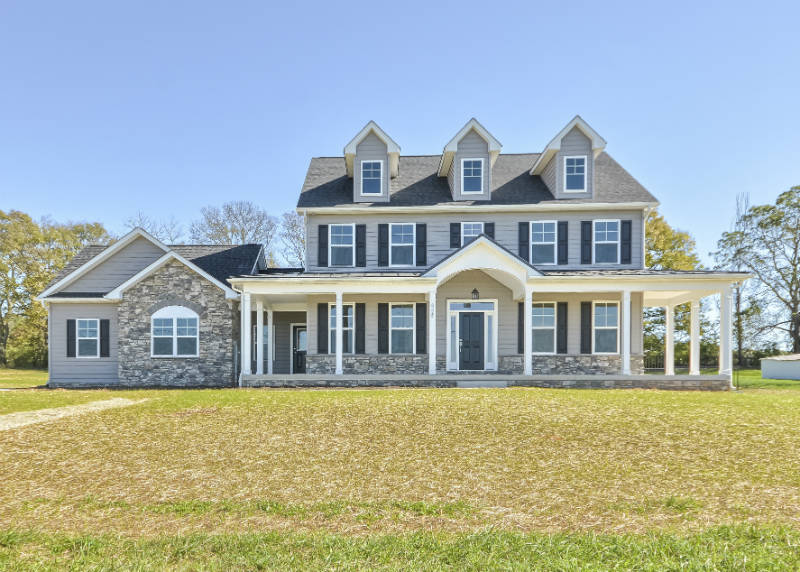Hurd Builders turned the vision of our dream home into a reality. From the moment we met with Russ and Mel Hurd, we knew they were the builders for us. They were there guiding us every step of the way including the planning process, site work, permitting and … continue reading
Robin"When we decided we wanted to build our dream home, we were overwhelmed with what builder we should choose. The first builder we called was very dismissive and unresponsive with us. The 2nd builder we called was Hurd Builders. We are so very thankful that we … continue reading
The Stultz Family"We cannot say enough good things about Hurd Builders. In building our first home we were hesitant on the process, especially after speaking with other builders, but Russ and Mel made it seem easy. They will work with you throughout each step of the process … continue reading
Joe and Danielle"I can’t say enough about Hurd Builders. Mel and Russ are professional, patient, and just great people to work with. My husband and I started out with “pie-in-the-sky” dreams for our future home, and they worked SO well together to help us tailor our house … continue reading
Kenny & Terri"We would like to share our building experience and act as a recommendation for your company. Let us break the experience down into the steps taken:
Pre-commitment experience. We started working with three builders. The other two were quickly eliminated … continue reading
Jo & Jim"Building a home was NEVER on my bucket list of things I had or even wanted to do. But you, Mel and Russ, actually made it a pleasant experience! You nudged a little when needed, but never harassed. You suggested, but never demanded. You stood by your work … continue reading
Kathy Talbott

 This post is Part 2 of our blog series, Home Building 101. In this blog series, we provide professional insight into the process of building a home.
This post is Part 2 of our blog series, Home Building 101. In this blog series, we provide professional insight into the process of building a home.